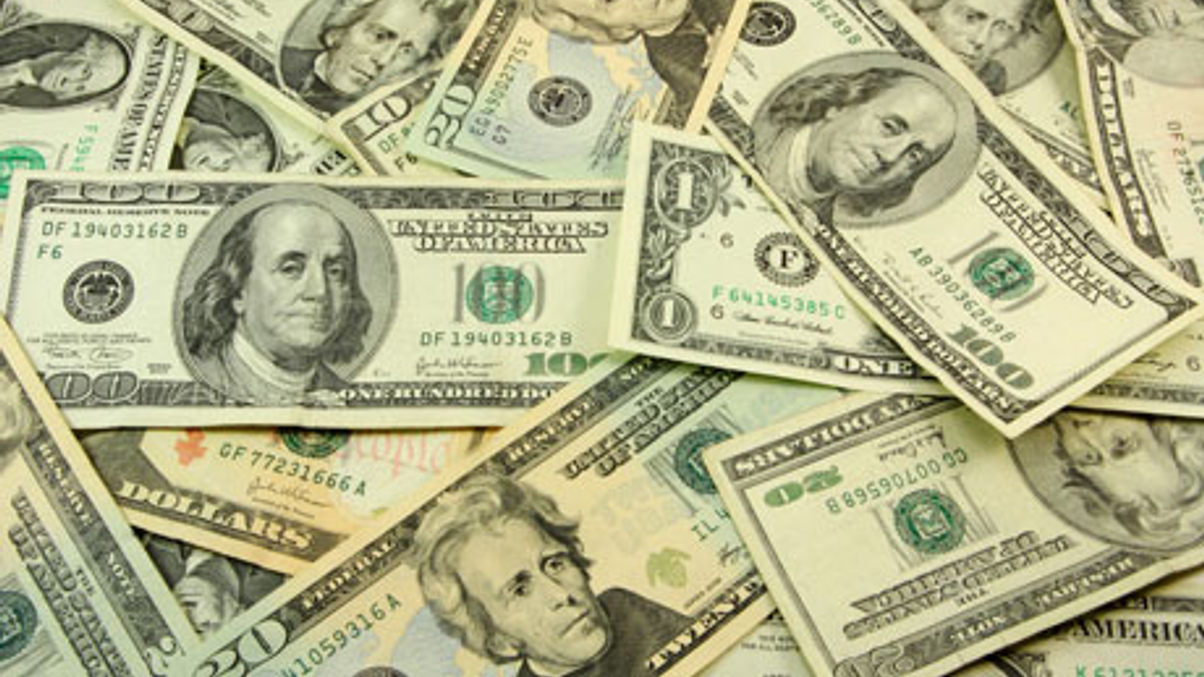Unhedged Asian HNWIs taking a chance on dollar
The dollar downtrend is boosting portfolio returns and encouraging some wealthy investors not to hedge their currency risks, experts say, but it's a gutsy move.

The weaker dollar is boosting portfolio returns and discouraging high net worth individuals (HNWIs) in Asia from hedging their currency exposures. But it's a gutsy move that carries risks.
Sign in to read on!
Registered users get 2 free articles in 30 days.
Subscribers have full unlimited access to AsianInvestor
Not signed up? New users get 2 free articles per month, plus a 7-day unlimited free trial.
¬ Haymarket Media Limited. All rights reserved.


